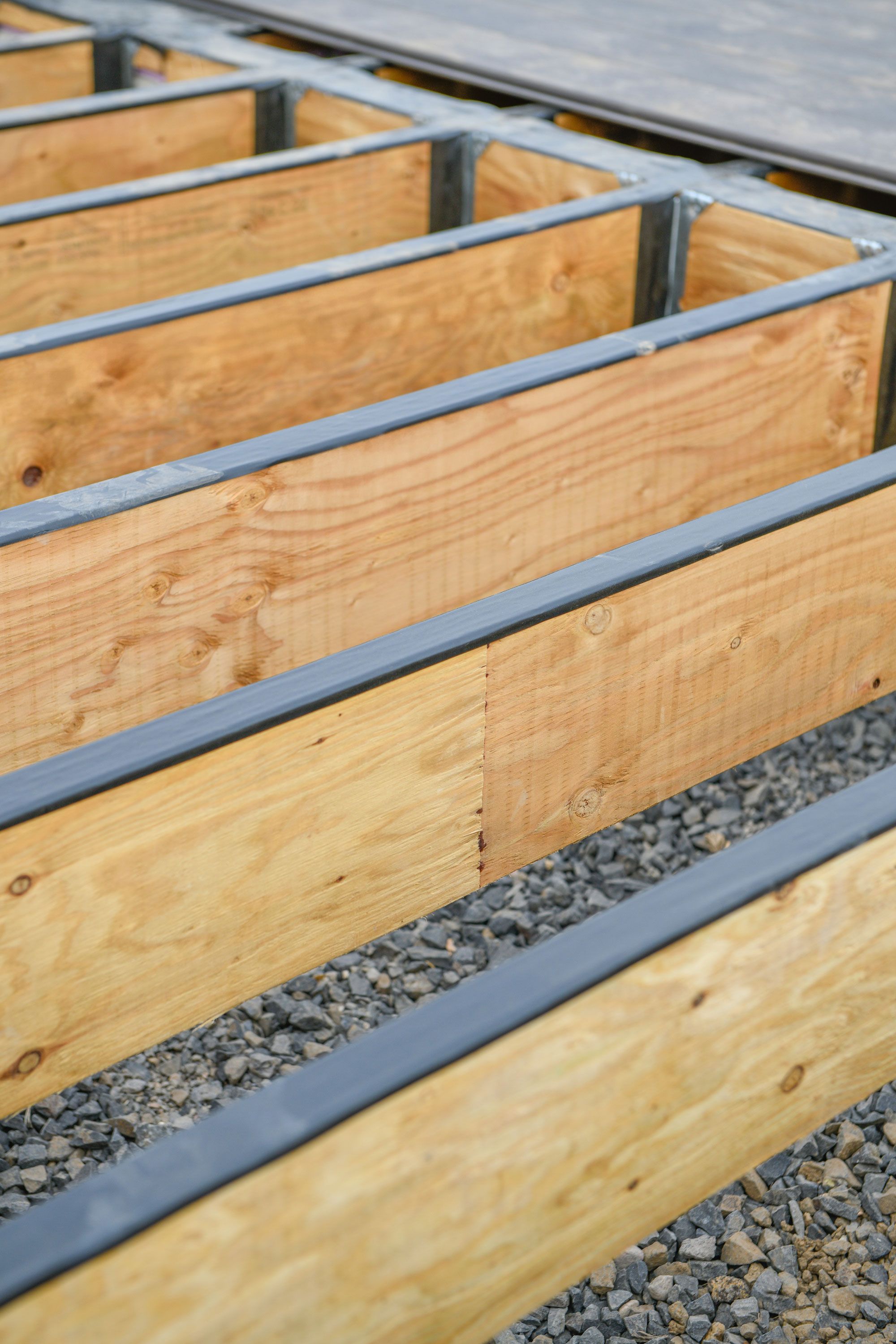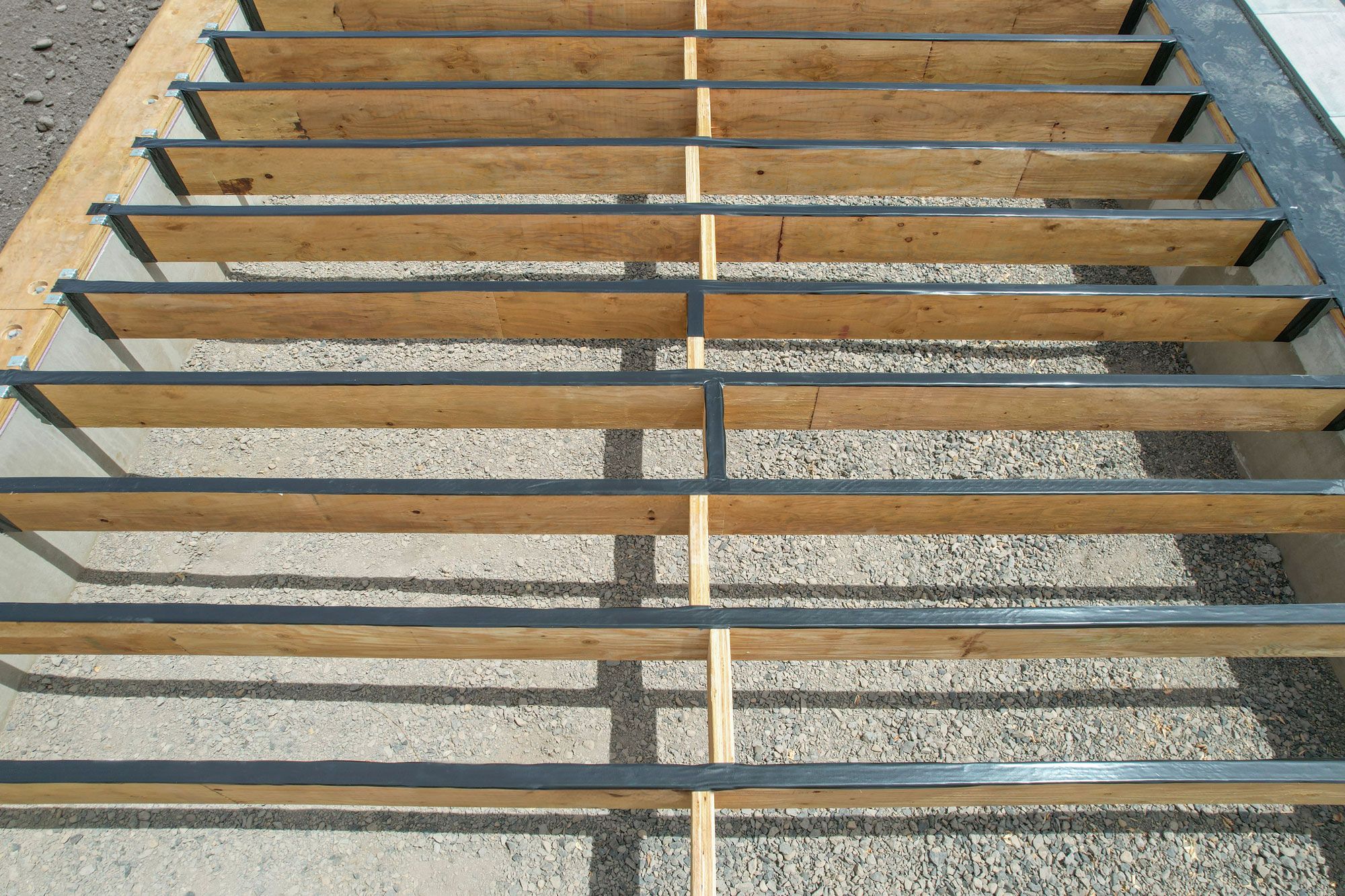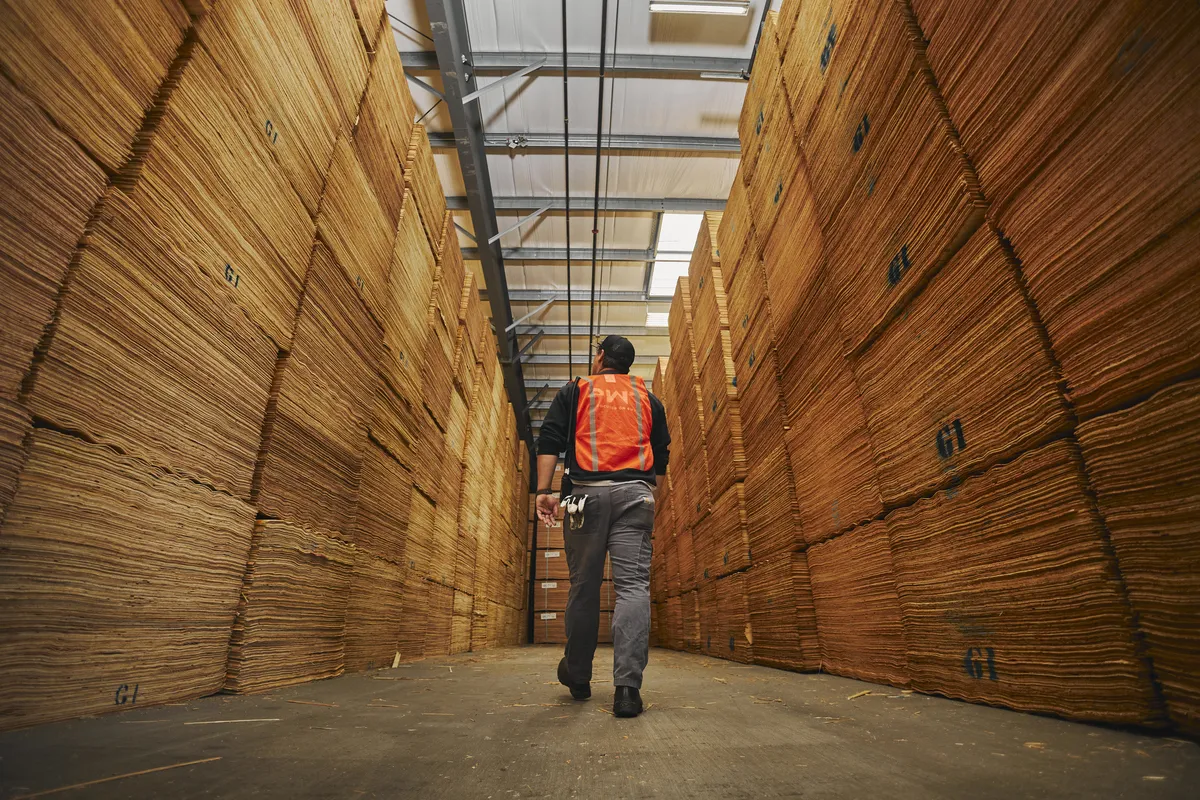PWT Treated™ LVL is the only LVL that is preservative treated during the manufacturing process. The unique TRU-CORE® technology provides uniform dispersion of the treatment throughout the cross-section of the material, for lasting durability in exterior as well as interior applications. Trust PWT Treated™ LVL for your next project. You won’t be disappointed.
Explore the evolution of decking substructure materials and discover the benefits of PWT Treated™ LVL with our AIA-accredited course.



